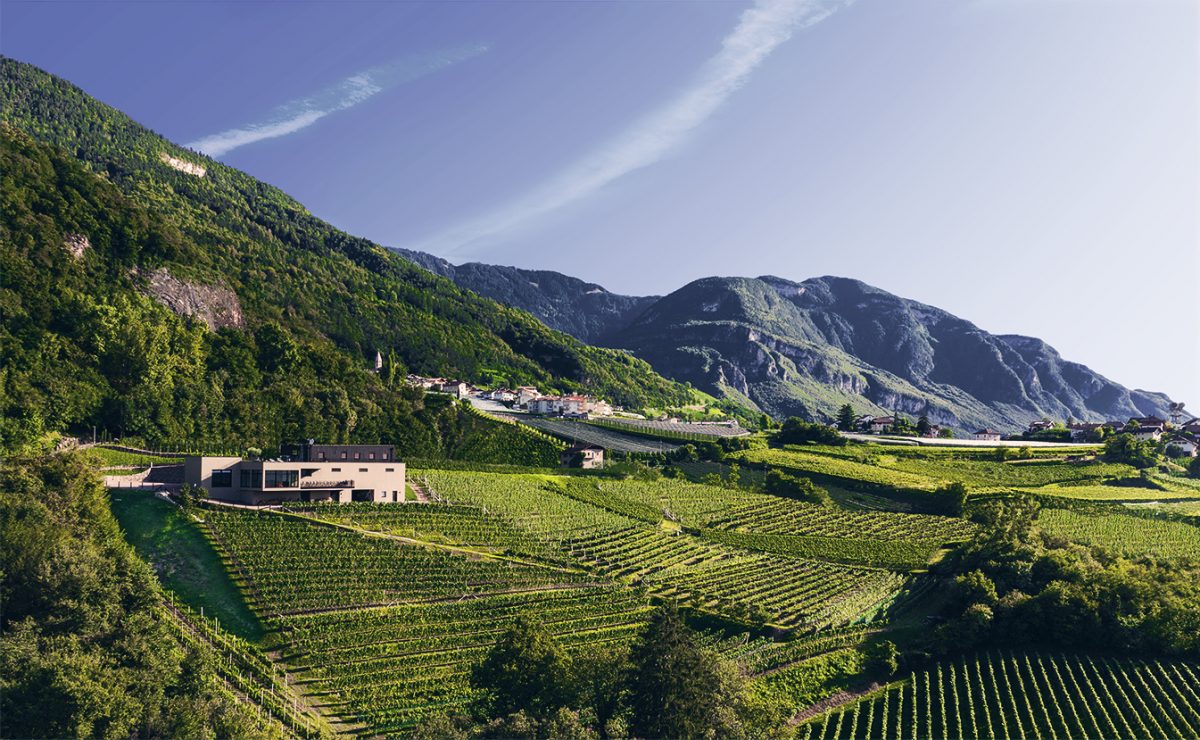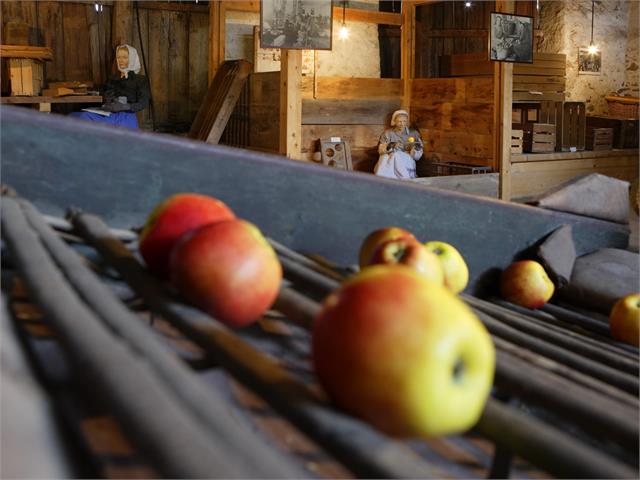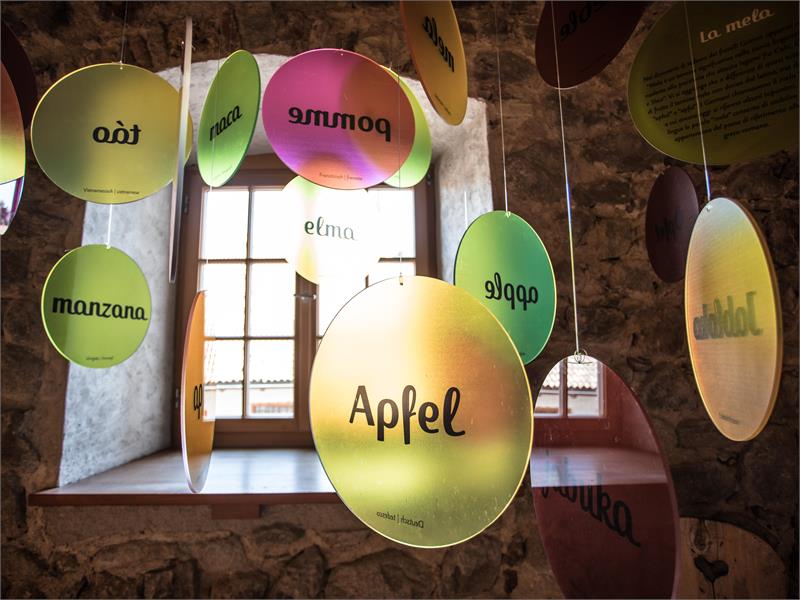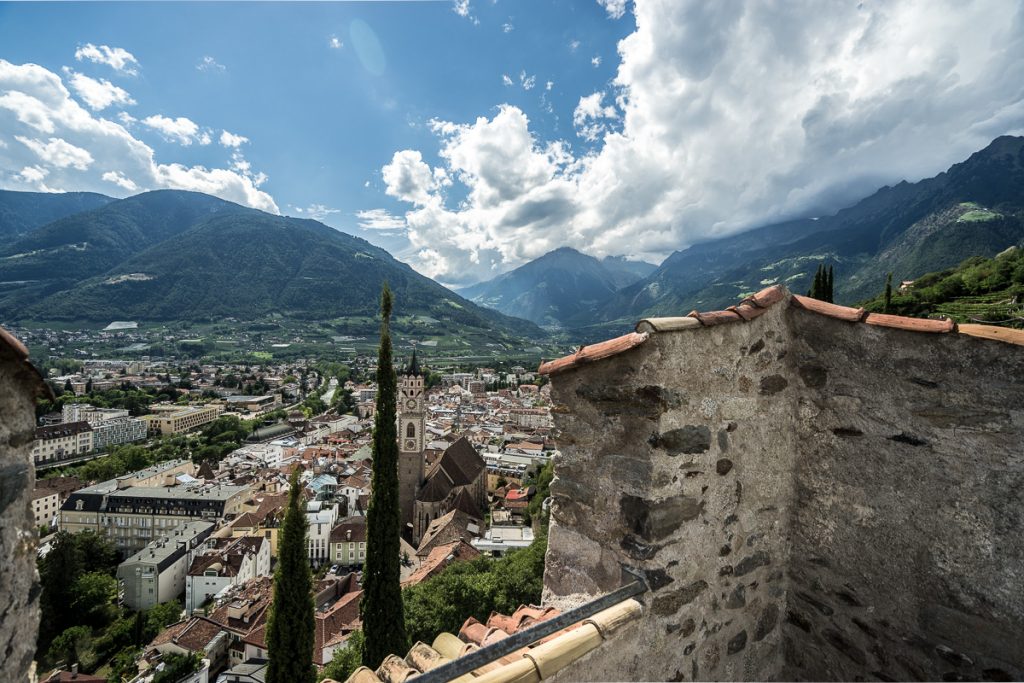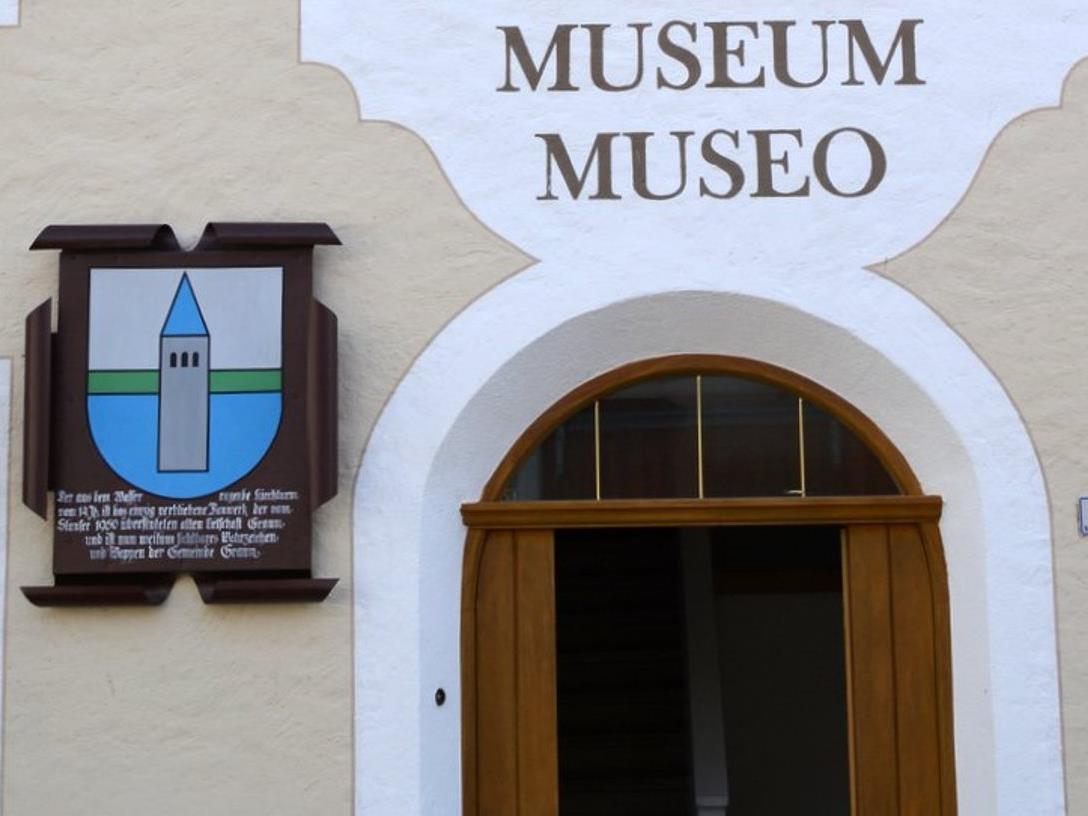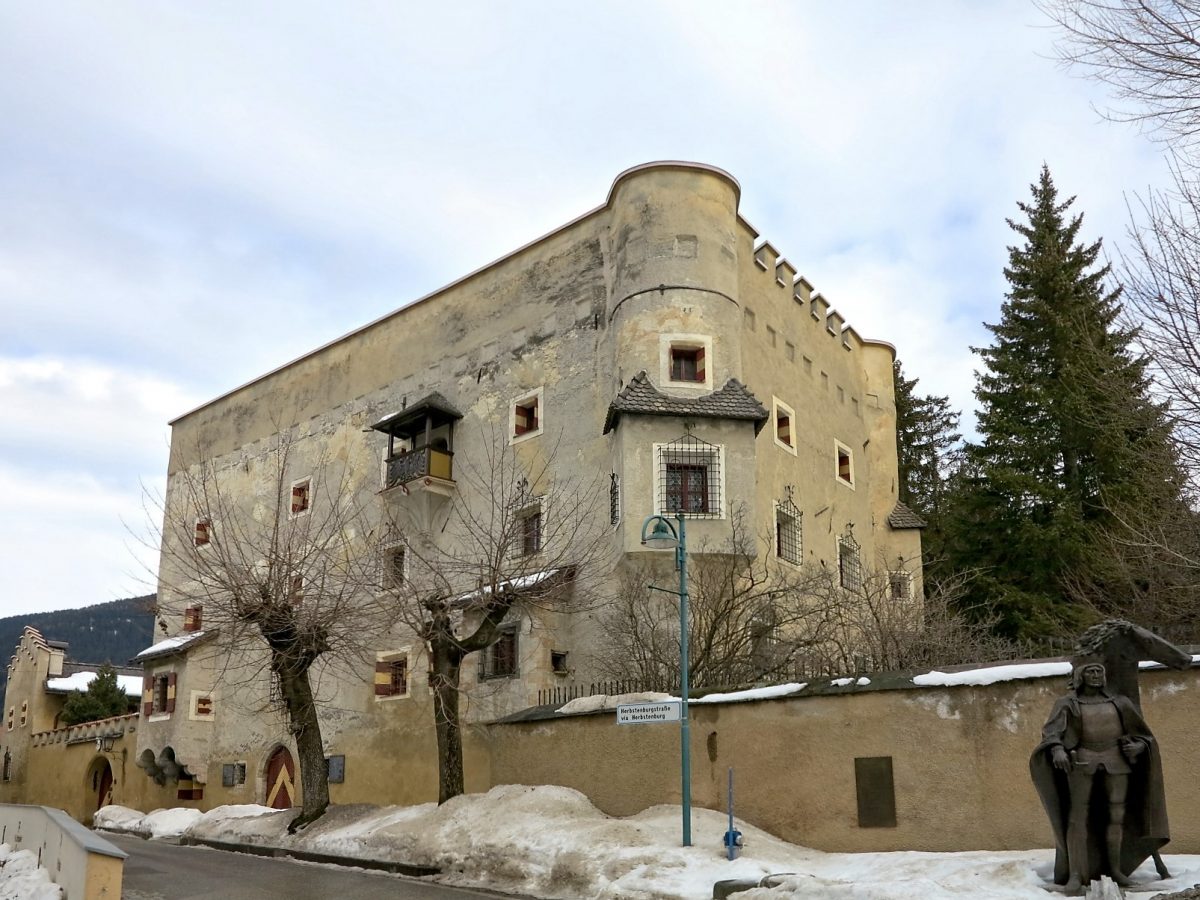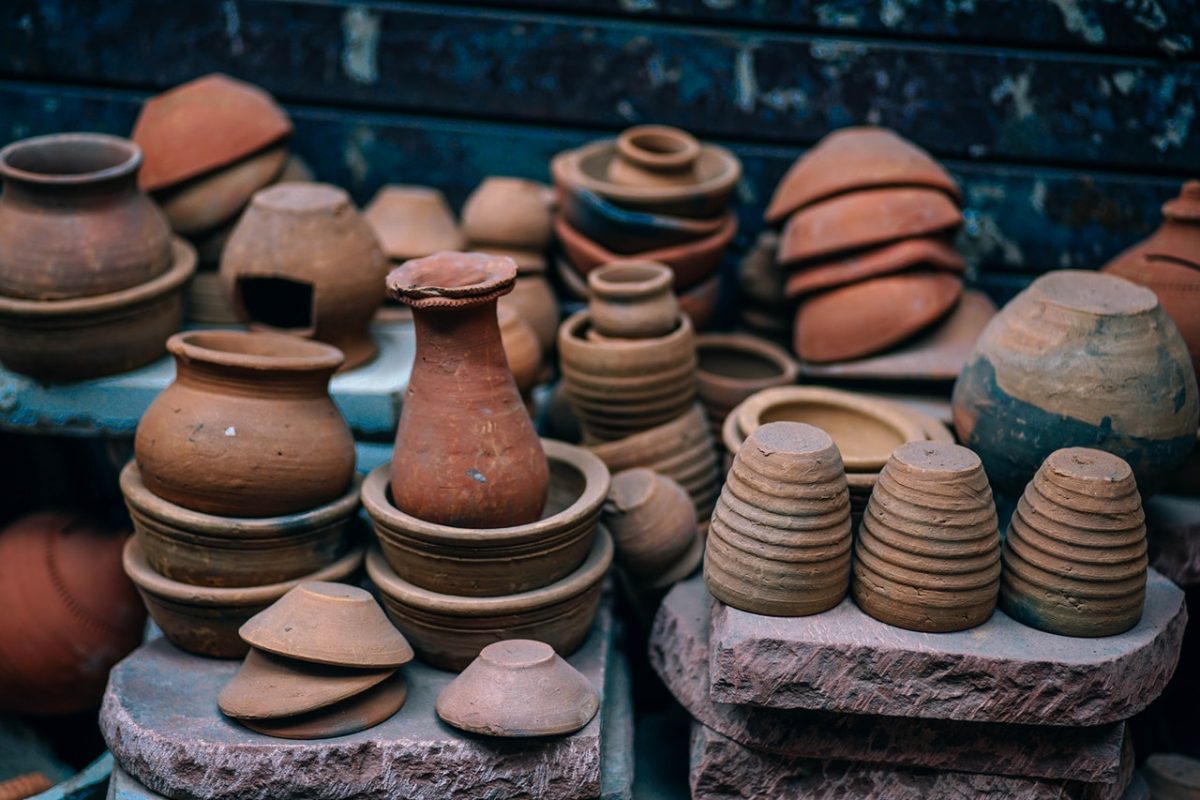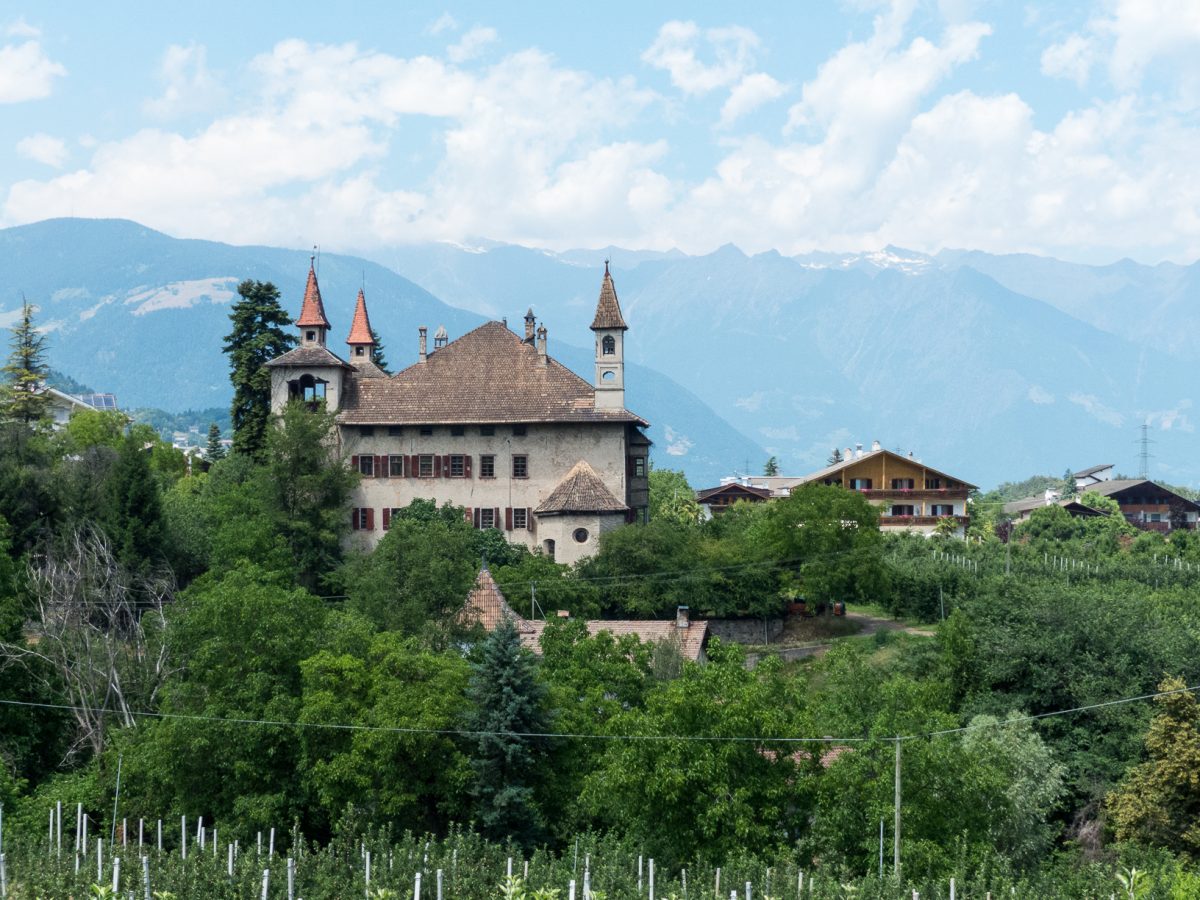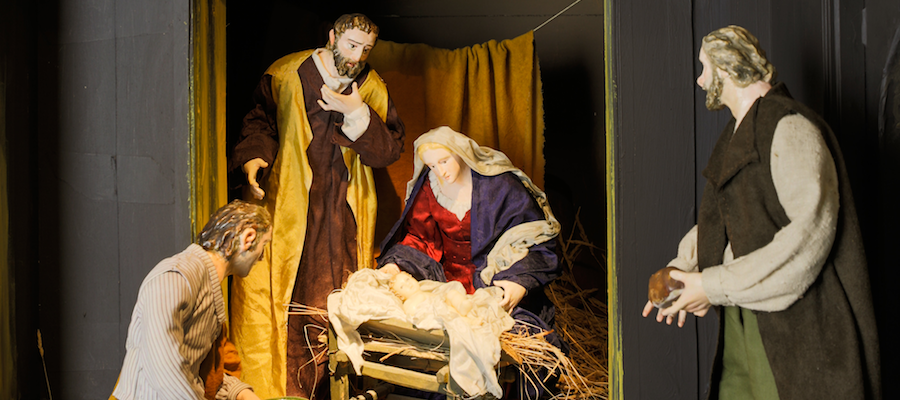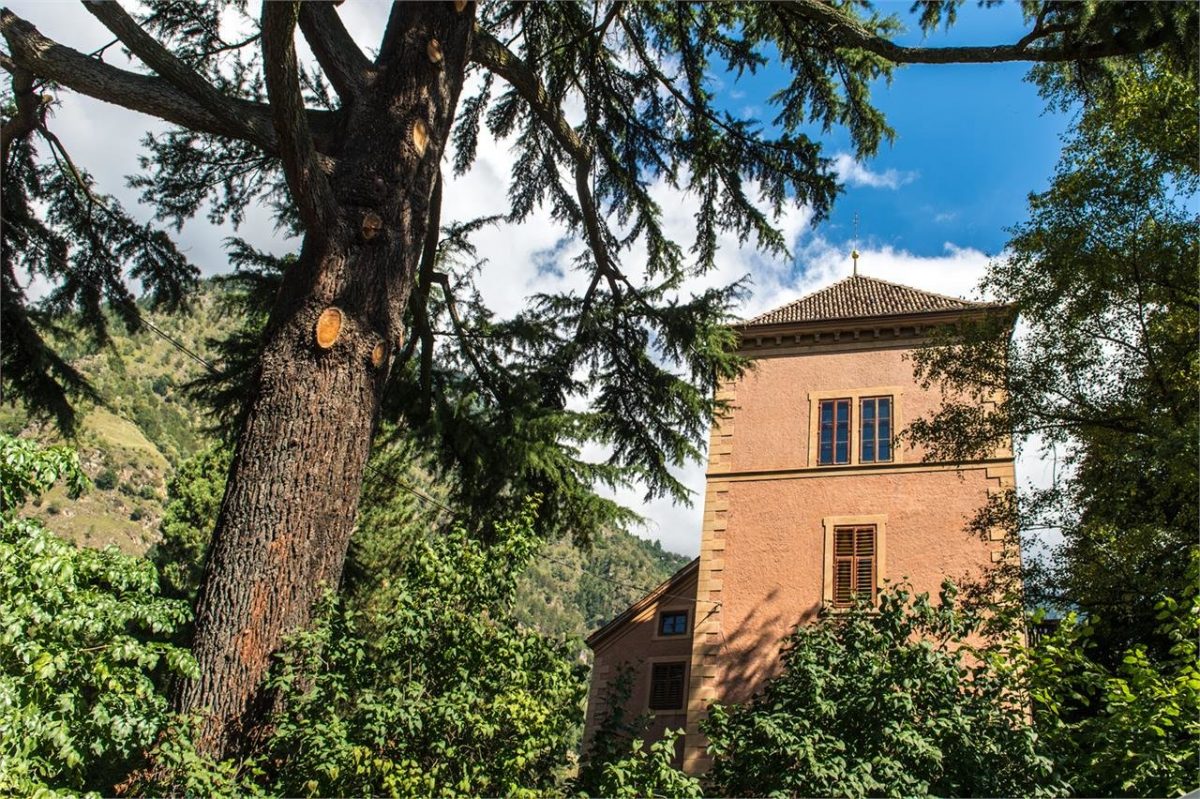How to reach the Wine estate Pfitscher
The name Pfitscher has always been synonymous with a passion for making great wines. After all, we are in Montagna. Montagna is in the Bassa Atesina, and the Bassa Atesina is wine country! They couldn’t do anything else, even if they wanted to… Thanks to diligence and hard work, the exclusive family winery has positioned itself at the forefront of South Tyrolean winegrowers – with several awards and top ratings..
wines:
Sometimes capricious, even known to act like divas, but always fresh, honest and straightforward. These are our wines:
Tradition:
– Müller Thurgau „Dola“
– Pinot Bianco „Langefeld“
– Sauvignon Blanc „Saxum“
– Chardonnay „Arvum“
– Gewürztraminer „Stoass“
– Pinot Nero „Fuchsleiten“
– Lagrein „Rivus“
Superior:
– Sauvignon Blanc Riserva „Mathias“
– Gewürztraminer Riserva „Rutter“
– Pinot Nero Riserva „Matan“
– Lagrein Riserva „Griesfeld“
– Cortazo
The wine estate:
In 2011 when the Pfitschers decided to move away from the village centre of Montagna to set up a new winery, their main concern was to ensure that the premises were firmly embedded in their natural surroundings whilst retaining maximum functionality. Despite, or perhaps because of, its straight lines, the building was intended to sink into the background, leaving the stage clear for the real stars: nature, the landscape and… the wine. Simple shapes and a predominantly black colour scheme ensure that these leading actors are never out of sight. Through its enormous window facade, the tasting room offers breath-taking views of the South Tyrolean lowlands and the surrounding mountains. In the cellar, a trail of colours leads the way, ending with dark blue in the Blauburgunder (Pinot noir) cellar. Definitely a must-see!
Opening hours:
| Monday – Friday | 8 am – 12 am and 2 pm – 6 pm |
| Saturday | 9 am – 12 am * |
* April – October also in the afternoon from 2 pm – 5 pm
Contact:
wine estate Pfitscher
Dolomitenstraße 17
39040 Montan
+39 0471 168 13 17
